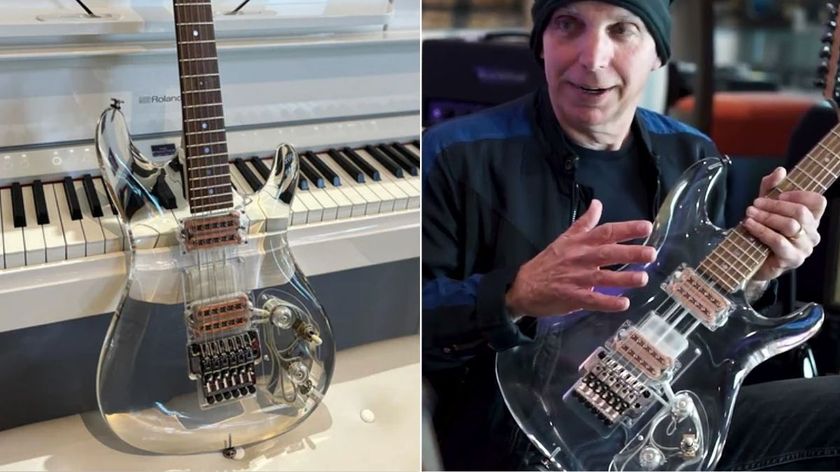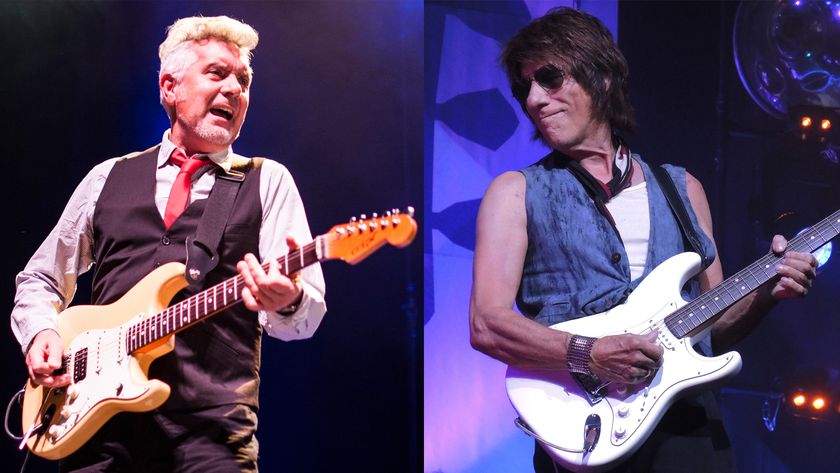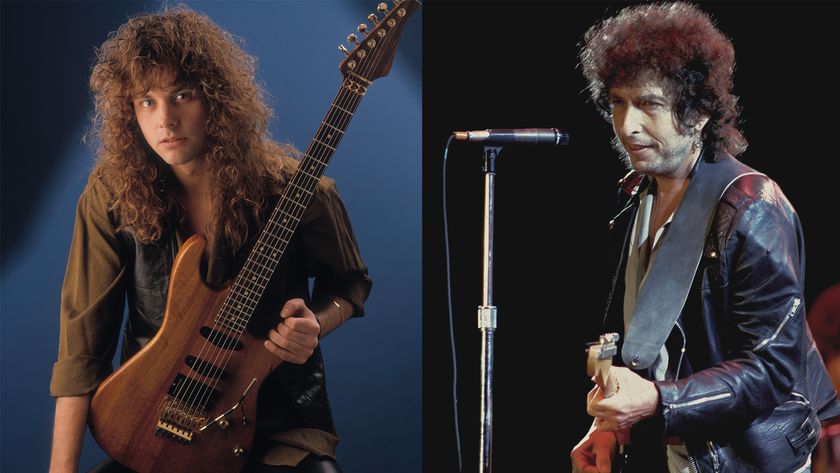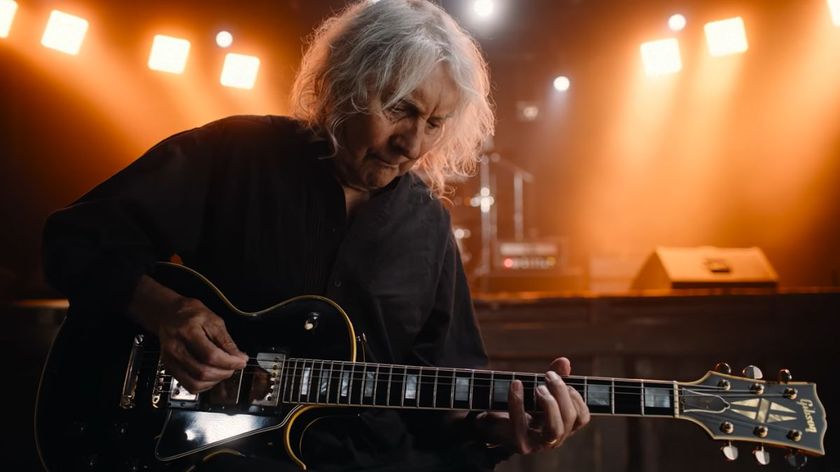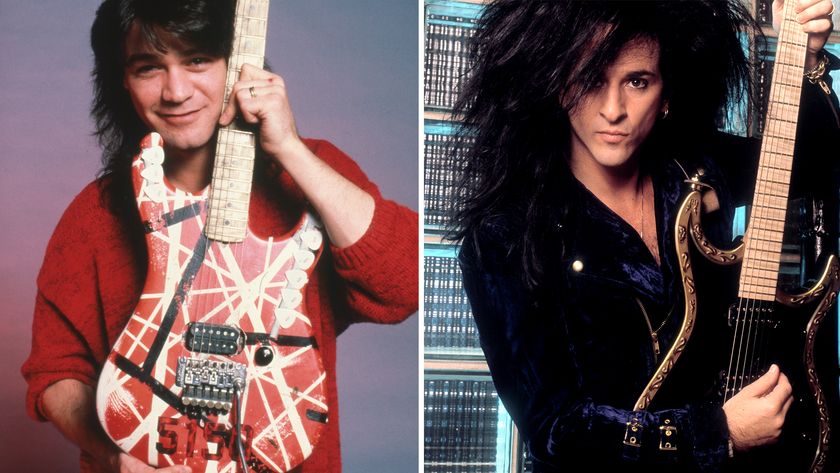“I was sound-checking at the Corner Hotel in Australia when that came out. I thought about it as a possible James Bond theme”: Jack White on the origins of the iconic Seven Nation Army riff
Ironically enough, White would end up writing an actual Bond theme just five years later
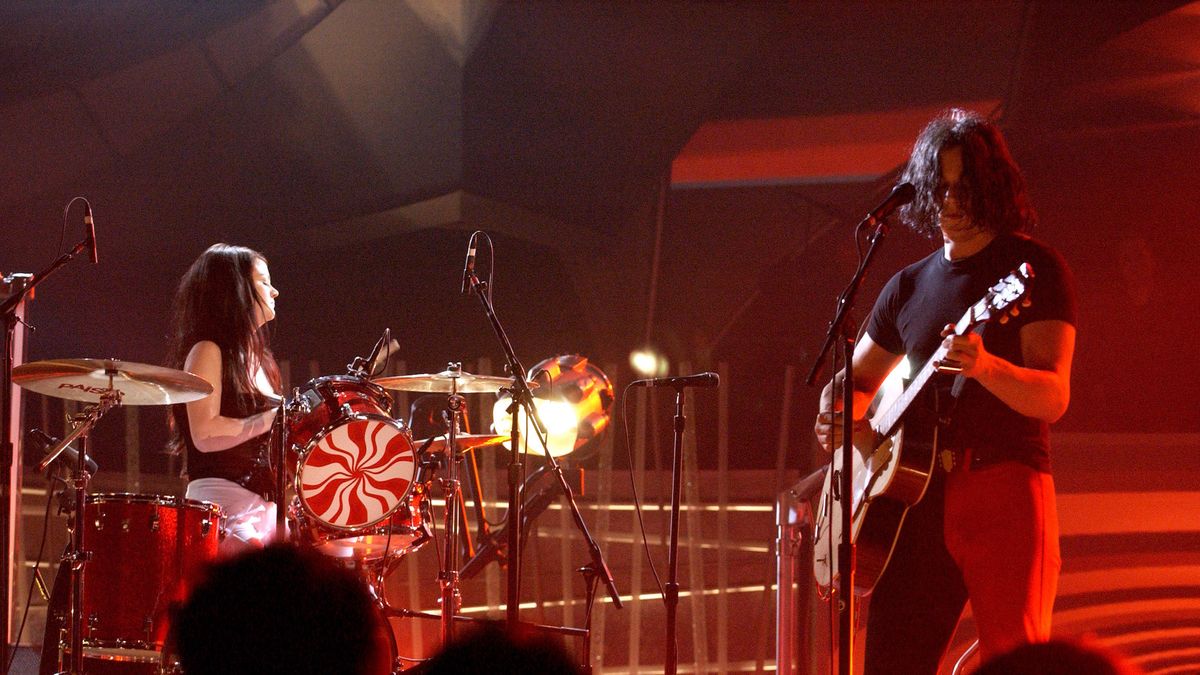
Earlier this year, a new study identified the most Googled guitar riff.
At the top of the guitar-store-employee-maddening charts – higher than Whole Lotta Love, Smells Like Teen Spirit, or even Smoke on the Water – was the White Stripes' sports stadium rabble-rouser, Seven Nation Army.
The lead single and track from the Detroit duo's 2003 album, Elephant, Seven Nation Army transformed the White Stripes from cult indie favorites to rock A-listers, and propelled Jack White into the spotlight as one of the era's most forward-thinking players, one who would essentially represent his entire generation in the 2008 guitar hero meeting-of-the-minds, It Might Get Loud.
As is so often the case, the Seven Nation Army riff was a fairly spontaneous creation. Speaking to GP in 2010, White said of the riff's origins, “I was sound-checking at the Corner Hotel in Australia when that came out. I thought about it as a possible James Bond theme, actually.”
White then added with a laugh, “And then I thought, ‘That will never happen’” (In five years' time, White would write Another Way to Die, the theme song for the Bond film Quantum of Solace.)
White cut a striking figure in the guitar universe at the time, wrangling nasty riffs out of, most famously, a red-and-white Airline model that fit perfectly with the band's quirky visuals and color scheme.
That guitar, however, did not see use on Seven Nation Army, for which White relied on another favorite, a Kay hollowbody, tuned to open A. The bassiness of the riff, meanwhile, was achieved via the low-octave setting on his DigiTech Whammy pedal.
Get The Pick Newsletter
All the latest guitar news, interviews, lessons, reviews, deals and more, direct to your inbox!
Having been inspired to use the Whammy by Rage Against the Machine's Tom Morello, White found it useful even in his pre-White Stripes days, during which he figured out how best to use it in tandem with his other pedalboard perennial of the era, the EHX Big Muff.
Asked about the wild, unorthodox sounds he got with the Whammy, White told GP, “You need a lot of gain and distortion to make that kind of tone. It sounds really wimpy if you don’t have some power behind the note. And you have to put the Whammy after the Big Muff in the signal chain. The power has to be before the octave.
“I actually started using the Whammy because it was a great way to cut through when I was playing in garage-rock bands in Detroit,” he continued. “We were relying on sound guys who didn’t know when to turn you up, so no one’s solos ever stood out. I thought, ‘If I hit the octave higher, there’s no way they’re going to miss me now’ [laughs].”

Jackson is an Associate Editor at GuitarWorld.com and GuitarPlayer.com. He’s been writing and editing stories about new gear, technique and guitar-driven music both old and new since 2014, and has also written extensively on the same topics for Guitar Player. Elsewhere, his album reviews and essays have appeared in Louder and Unrecorded. Though open to music of all kinds, his greatest love has always been indie, and everything that falls under its massive umbrella. To that end, you can find him on Twitter crowing about whatever great new guitar band you need to drop everything to hear right now.
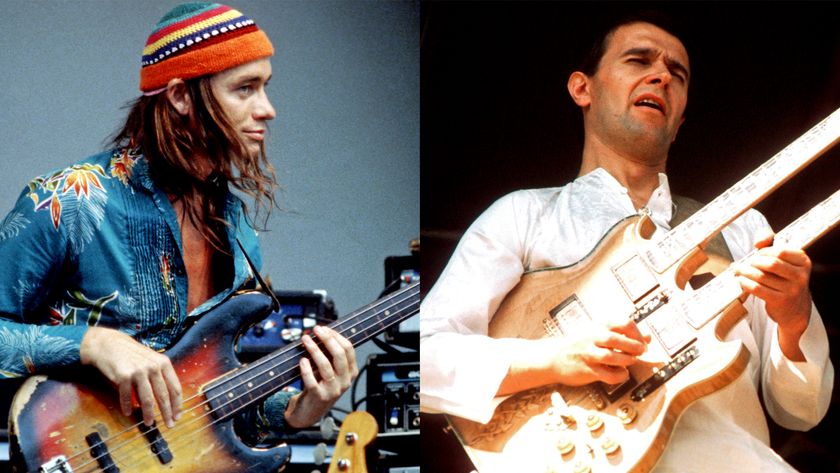
"Jaco thought he was gonna die that day in the control room of CBS! Tony was furious." John McLaughlin on Jaco Pastorius, Tony Williams, and the short and tumultuous reign of the Trio of Doom

“It’s all been building up to 8 p.m. when the lights go down and the crowd roars.” Tommy Emmanuel shares his gig-day guitar routine, from sun-up to show time

